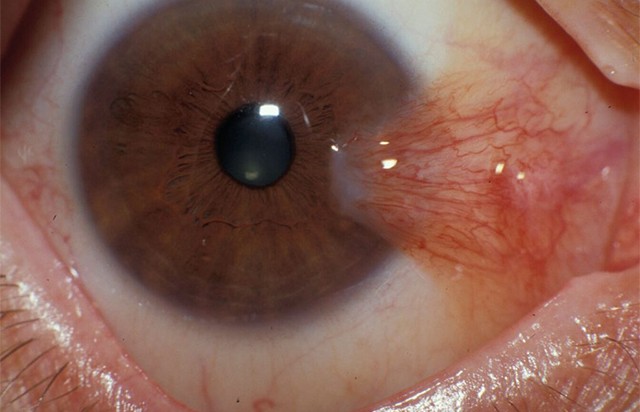
Pterygiums are characterized by triangular overgrowths of the conjunctiva, the membrane covering the white part of the eye. While the conjunctiva typically remains confined to the white of the eye, pterygiums occur when it extends onto the clear cornea, leading to a visible growth.
Exposure to UV radiation and hot, dry climates are significant risk factors for developing pterygiums. While they are not cancerous and generally pose no immediate threat to vision, it’s essential to have any growths checked by an eye care professional to rule out more serious conditions.
In some cases, if a pterygium grows large enough to encroach upon the central cornea, it can disrupt vision. Surgical removal may be recommended in such instances to restore visual clarity.
Prevention is key when it comes to pterygiums, and wearing sunglasses with UV protection and a brimmed hat outdoors can significantly reduce the risk of developing this condition. By taking proactive measures to shield the eyes from harmful UV rays, individuals can safeguard their eye health and minimize the likelihood of pterygium formation.




































